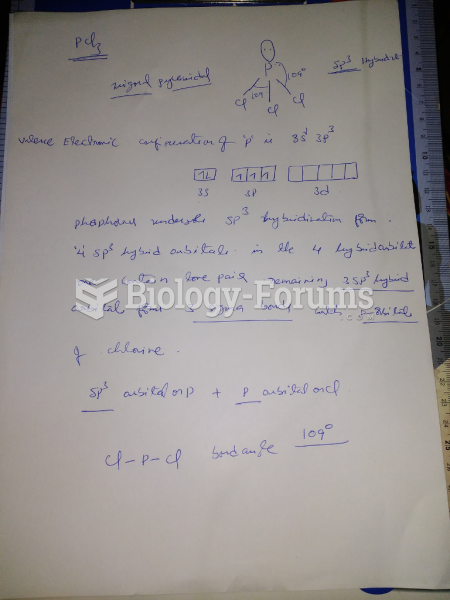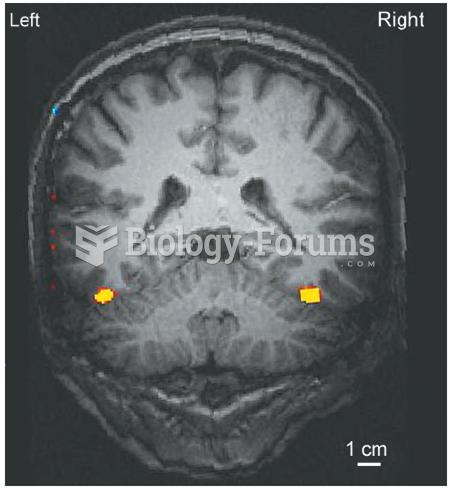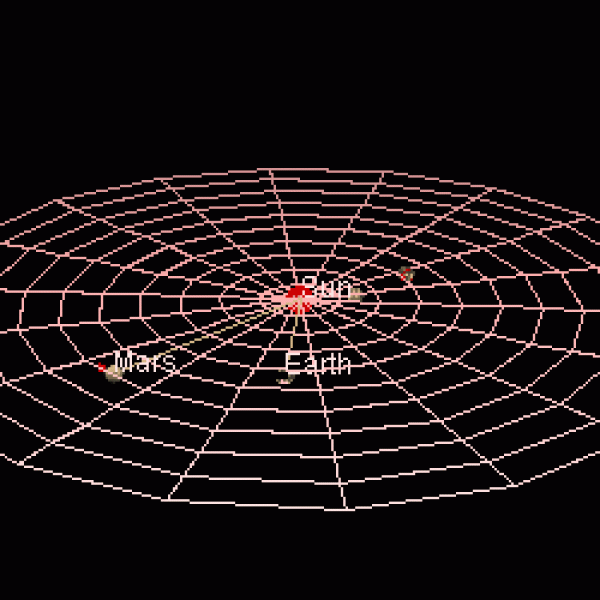Definition for Orbital resonance
From Biology Forums Dictionary
In celestial mechanics, an orbital resonance occurs when two orbiting bodies exert a regular, periodic gravitational influence on each other, usually due to their orbital periods being related by a ratio of two small integers. Orbital resonances greatly enhance the mutual gravitational influence of the bodies, i.e., their ability to alter or constrain each others' orbits. In most cases, this results in an unstable interaction, in which the bodies exchange momentum and shift orbits until the resonance no longer exists. Under some circumstances, a resonant system can be stable and self correcting, so that the bodies remain in resonance. Examples are the 1:2:4 resonance of Jupiter's moons Ganymede, Europa and Io, and the 2:3 resonance between Pluto and Neptune. Unstable resonances with Saturn's inner moons give rise to gaps in the rings of Saturn. The special case of 1:1 resonance (between bodies with similar orbital radii) causes large Solar System bodies to eject most other bodies sharing their orbits; this is part of the much more extensive process of clearing the neighbourhood, an effect that is used in the current definition of a planet.
Except as noted in the Laplace resonance figure (below), a resonance ratio in this article should be interpreted as the ratio of number of orbits completed in the same time interval, rather than as the ratio of orbital periods (which would be the inverse ratio). The 2:3 ratio above means Pluto completes 2 orbits in the time it takes Neptune to complete 3.



